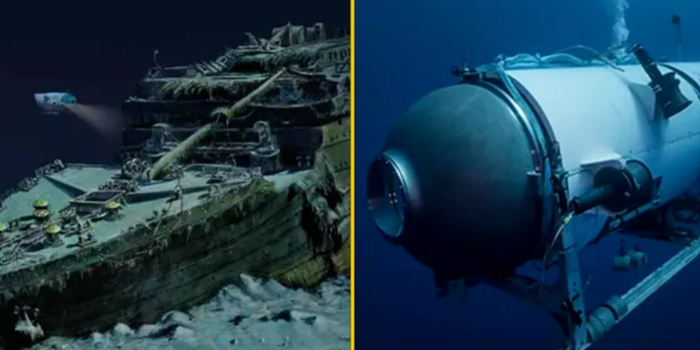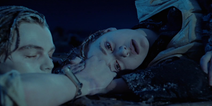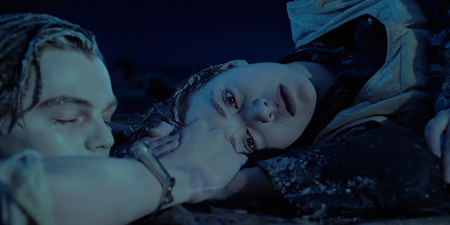By Steve Hopkins
The five people on board include a British billionaire and a father and son
The submarine that went missing Sunday on a tour of the Titanic has a maximum of 96 hours of oxygen, with reports suggesting it could run out as early as Thursday morning.
US and Canadian rescuers are trying to locate where the OceanGate sub after it vanished in the ocean, 1,448km from Cape Cod, Massachusetts, at a depth of 4km.
It is understood from the vessel’s operator, OceanGate Expeditions, Titan has a 96-hour oxygen supply in case of emergencies – meaning only around two days of “life support” remain.
David Concannon, an adviser to the company, who was meant to be on board the missing Titanic submersible craft, said that the sub only had between 70 and 96 hours of breathing time left, AP News reported. It has been suggested the oxygen will run out at 6am BST Thursday.
Contact with the sub was lost about an hour and 45 minutes into its dive. There has been no sign of the vessel since.
British billionaire Hamish Harding, who has previously travelled on the Challenger Deep to the bottom of the ocean and on Jeff Bezos’ Blue Origin into space.
Also on the submarine is French diver Paul-Henri Nargeolet, CBC News was told by Titanic expert Larry Daley. Nargolet spent 25 years in the French navy and worked with Daley, who is a St John’s-based diver, on his first Titanic dive 20 years ago.
Sky News reported that chief executive and founder of OceanGate, Stockton Rush, is also on board, along with Pakistani businessman Shahzada Dawood and his son Suleman.
The BBC reports Tuesday that US and Canadian search teams are racing against time to find the tourist submarine with government agencies, both countries’ navies and commercial deep-sea firms all involved in the rescue operation.
US and Canadian search teams are racing against time to find the small submarine that went missing during a dive to the wreck of the Titanic.
Mike Reiss took the same trip last year and spoke to #BBCBreakfast https://t.co/FNeiSyZfLl pic.twitter.com/uAjfuM22jU
— BBC Breakfast (@BBCBreakfast) June 20, 2023
Experts have also warned that the sub could have fallen to foul ‘catastrophic failure’ or even become entangled in the debris of the famous ship.
“There’s an optimistic option, and that’s that it’s either lost an umbilical communication with the surface or indeed there’s been a malfunction and the submarine continues to operate but obviously out of contact with its mother ship,” former Royal Navy Rear Admiral, Chris Parry told The Mirror.
“Obviously, on the other end of the scale, there could have been an accident. It could have become entangled in the wreckage of the Titanic. It could indeed have had a catastrophic failure,” he added.
“Right now, our focus is getting on as much capability into the area as we can,” Rear Admiral John Mauger of the US Coast Guard told a press conference.
Military planes, a submarine and sonar buoys have so far been used in the search for the vessel.
Titanic’s wreck lies some 435 miles (700km) south of St John’s, Newfoundland, though the rescue mission is being run from Boston, Massachusetts.
The US Coast Guard said a research ship called the Polar Prince had conducted a surface search for the sub on Monday evening.
In a statement OceanGate Expeditions said: “We are exploring and mobilising all options to bring the crew back safely.
“Our entire focus is on the crew members in the submersible and their families.”
“We are working toward the safe return of the crew members.”
The company charges guests $250,000 (€228,615) for a place on its eight-day expedition to see the famous wreck, the BBC reports.
The Titanic wreck sits at a depth of 3,800 metres in the Atlantic, roughly 500km off the coast of Newfoundland, Canada.
The passenger liner, which was the largest ship of its time, hit an iceberg on its maiden voyage from Southampton to New York in 1912. More than 1,500 of the 2,200 people on board died in the disaster.
The shipwreck has been extensively explored since it was discovered in 1985.
Related articles:
- Dermot Kennedy urged to apologise after using offensive term in interview
- Arctic Monkeys release statement after cancelling their Dublin gig set for this week
- Dave Fanning’s comments during Christy Dignam tribute on RTÉ spark controversy
- Guns N’ Roses legend to host show on Irish radio station next month
LISTEN: You Must Be Jokin’ with Aideen McQueen – Faith healers, Coolock craic and Gigging as Gaeilge















































